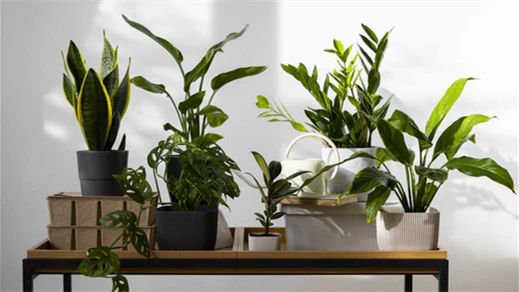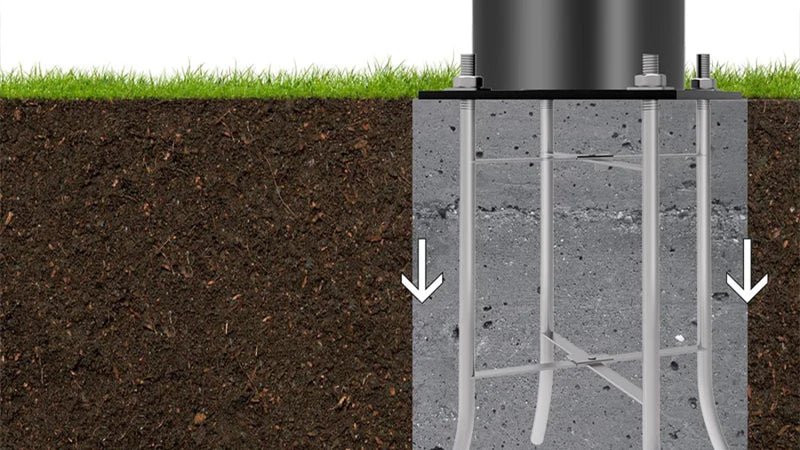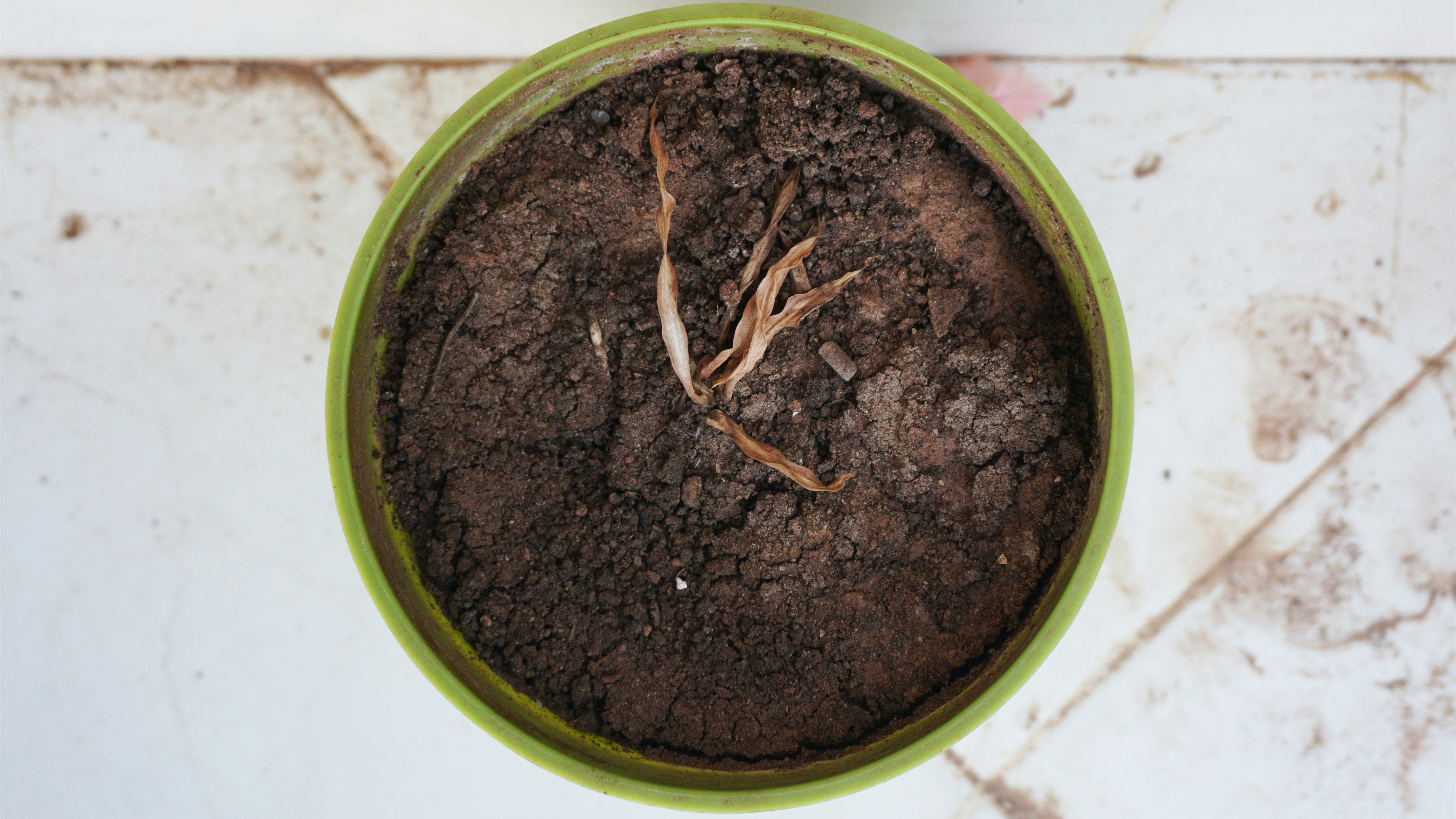In the pursuit of bolstering plant growth and optimizing conditions for various growth stages, LED grow lights have emerged as a pivotal technology for hobbyists and professional growers alike. These lights provide a spectrum of light that can be tailored to the specific needs of plants at each stage of their development, from seedling to flowering. This blog post delves into the intricacies of using LED grow lights effectively throughout the different growth cycles of plants, ensuring that your green friends receive the ideal light quality and quantity they require to thrive.
Seedling Stage
The seedling stage is the plant's infancy, where light is needed for the development of healthy roots and foliage. During this stage, the light should be:
- Spectrum: A blue-rich spectrum is beneficial for the seedling stage as it promotes strong stem growth and vigorous leaf development.
- Intensity: Seedlings require gentle light. LED lights should be positioned at an adequate distance to prevent overexposure, which can cause seedlings to become leggy or burn.
- Duration: Seedlings thrive with 14-16 hours of light per day. This simulates the long days of spring, encouraging a healthy growth rate.
- Positioning: Bar-shaped LED grow lights should be placed directly above the seedlings to ensure even growth and prevent the plants from stretching toward the light.
Vegetative Stage
During the vegetative stage, plants focus on growing in size and stature, establishing a robust framework for future flowering.
- Spectrum: A full spectrum with a continued emphasis on the blue end is ideal for promoting healthy leaves and stems.
- Intensity: As plants have grown sturdier, they can handle more intense light. The lights can be brought closer to the canopy to encourage bushier growth.
- Duration: The light duration should mimic the long days of summer, typically around 16-18 hours, to maintain active growth.
- Positioning: Bar-shaped LEDs should cover the plant canopy evenly. The distance between the lights and the plants may need to be adjusted as the plants grow to maintain optimal light coverage.
Transition Stage
Transitioning from vegetative growth to flowering is a critical period where plants adjust their growth patterns.
- Spectrum: A shift towards a balanced spectrum with both blue and red wavelengths prepares plants for the flowering stage.
- Intensity: Gradually increase the light intensity to acclimate the plants to the stronger light they will receive during flowering.
- Duration: Begin to simulate the shorter days of late summer to early fall by reducing light to 12-14 hours per day, signaling to the plants that it's time to start the flowering process.
- Positioning: Adjust the position of the LED lights to maintain even coverage as the plant structure becomes more complex.
Flowering Stage
The flowering stage is when plants produce fruits and flowers, and lighting plays a significant role in the quality and quantity of the yield.
- Spectrum: Red wavelengths should dominate because they promote flowering and fruiting. However, some blue light is still beneficial to maintain plant health.
- Intensity: High-intensity light is crucial in this stage to support the energy demands of flowering.
- Duration: Plants need 12 hours of light and 12 hours of darkness to mimic the natural day/night cycle of fall, which triggers flowering in many species.
- Positioning: The light should be positioned to ensure that even the lower parts of the plant receive sufficient light, which may involve adjusting the height of the bar-shaped LEDs or using additional side lighting.
Post-Flowering and Harvesting
After flowering, some plants may have specific lighting needs to finish their growth cycle.
- Spectrum: Generally, the same flowering spectrum can be continued, but some plants may benefit from a slight increase in blue light to improve quality.
- Intensity: Light intensity can usually be maintained or slightly reduced as the plant prepares for the end of its cycle.
- Duration: Continue with the 12/12 cycle until the plants are ready for harvest.
- Positioning: Keep an eye on plant growth and adjust the lights to avoid scorching the fruits or flowers as they mature.
Conclusion
The strategic use of bar-shaped LED grow lights can significantly influence the growth and health of plants throughout their life cycle. By understanding and implementing the correct spectrum, intensity, duration, and positioning of the lights for each stage, growers can maximize their yields and enjoy bountiful harvests. Remember to observe your plants closely and adjust the lighting as needed; what works for one species or one environment may not be ideal for another. As the technology and understanding of plant lighting continue to grow, so too will the potential for even more effective and efficient indoor gardening practices.


































Leave a comment
This site is protected by hCaptcha and the hCaptcha Privacy Policy and Terms of Service apply.